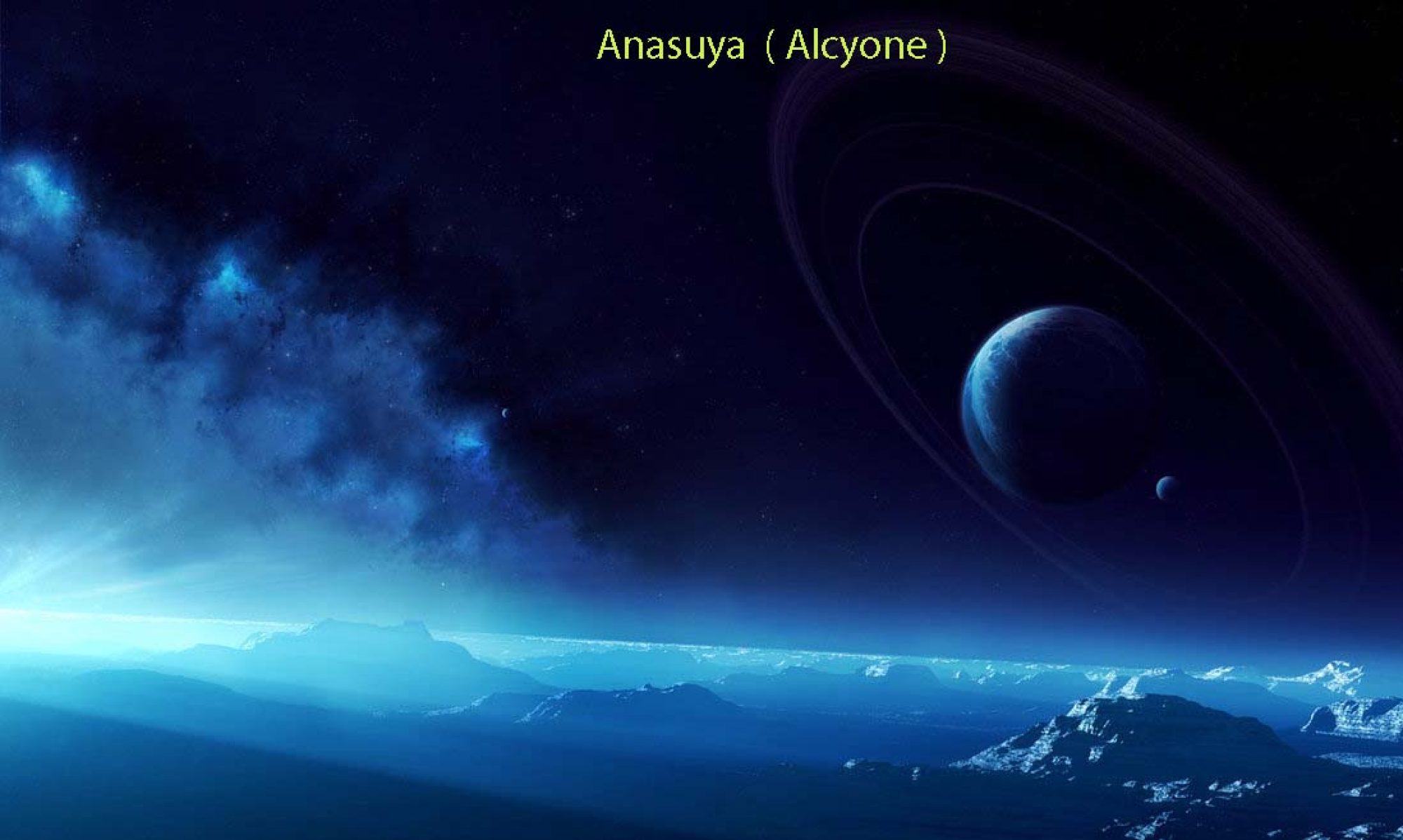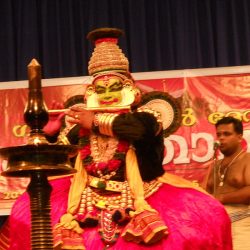In order to compute the celestial longitudes of planets, first the Graha Madhyamam, the mean longitude of the planet is computed.
We have to understand that the planets traverse in elliptical orbits. If their orbits are circular, then there is no need for jya samskaras ( trignometric corrections ).
Once the mean longitudes of the planets are ascertained, then we first start with the First Jya Samskara, the first trignometric correction. Manda Jya means Sin M in Western Astronomy.
The Kepler Equation is M = E – e Sin E, where e is eccentricity and E is the Eccentric Anomaly, an auxilary angle in Kepler’s equations.
Like Kepler who brought in an auxiliary angle ( E, the Eccentric Anomaly ), Indian Astronomy uses Vikshepa Vritta, an auxiliary circle. The mean longitude of a planet reduced by Manda Kriya is the Vikshepa Vritteeya Sphuta, the once corrected longitude of the planet.
While Western astronomers compute the celestial longitudes using the formula Theta = v + w ( Celestial Longitude = True Anomaly + the Argument of Perihelion ), Indian astronomers use the Triune Trignometric Method. Longitudes are corrected thrice using Manda Kriya, Parinathi Kriya and Sheegra Kriya.
The perturbations of planets
All planets have perturbations. Moon has 300 perturbations, of which 14 are major. Hence for 14 perturbations, 14 jya samskaras have to be done ( Chatur Dasa Jya Samskara). The largest of them is the Evection. There are others like the Variation, the Annual Equation and the Parallactic Equation. When 14 trignometric corrections are done, we get the Reduced Longitude of the Moon, the Samskritha Chandra Madhyamam.
Jupiter has five major perturbations ( guror pancha kendrani bhavanthi ) and Saturn has six. So five jya samskaras and six jya samskaras have to be done for Jupiter and Saturn, before commencing the Triune Trignometric Method.

